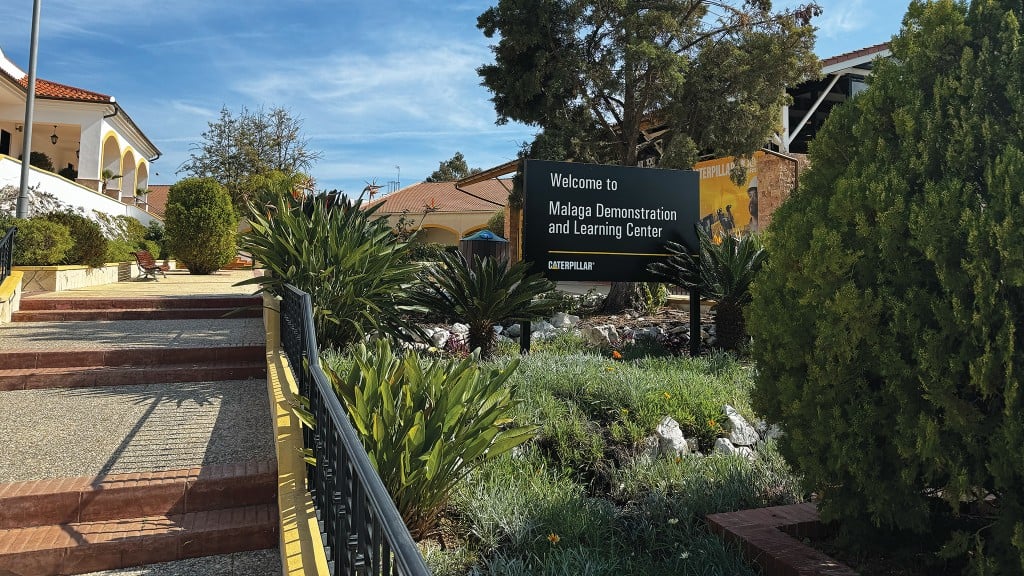
At 20 years old, Regina McMichael's husband died after falling off a roof at a jobsite where he was working. That was the day her safety career started. Thirty-three years later she is still laser-focused on making the industry safer by improving the way we teach safety training. Her energy, humor, and engaging style as a speaker and trainer has earned her rave reviews throughout the industry. She recently shared five key ways to change your safety training to make it more effective.
1. Identify What the Learners Know and What They Need to Know
"The gap between these two areas is what you teach to," says McMichael. "Nothing more, nothing less." She teaches trainers to use the ADDIE Model (Analysis, Design, Development, Implementation, and Evaluation) to first analyze and then design training. "We need to respect our audience and not waste time teaching them things they don't need to know, like the 29 CFR 19....- they don't need to know that to be safe," she says.
2. Make Training Interactive
It's time to put away those deadly PowerPoint presentations. McMichael recommends engaging workers with problem-solving activities. "Give them a scenario and ask how would you fix this? It will be much more interesting and fun," she says. "Have the workers help develop the solutions and train themselves." Use case studies, group discussion and competition to gain their interest and attention. "Friendly competition makes classes fun and makes things stick," she says.
3. Use Multiple Avenues to Train Workers
In construction there are a huge number of small firms without someone in a dedicated safety role. Those tasked with safety training are frequently overworked and can find themselves in a position of having to teach a topic they don't have any expertise in. McMichael advises firms to use multiple training tools, such as local classes, online training, in-person training, and one-on-one jobsite training with supervisors to help lessen the burden on those in the safety-training role. "There is no one magic solution," she explains.
4. Bring Humanity Back to Safety
"If we're going to be successful, safety training cannot be about compliance," says McMichael. "We have to let human beings know we care about them and let them know we want them to stay alive." Jobsite pressures can often result in workers not taking the time to be safe. Employers need to show they value workers by providing them with the knowledge and best practices to ensure they go home to their families.
5. Support Your Trainers
McMichael believes a commitment to safety and effective training will enable companies to move from compliance-driven checklists to humanity-based solutions. One of McMichael's classes, Getting a Seat at the C-Suite: What Every Safety Pro Should Know, focuses on how to get management to support safety initiatives. Another, titled Safety Training Ninjas, based on her recently released book, "The Safety Training Ninja" equips trainers with a process to develop effective training, and tools to make it valuable and something people want to learn. Trainers also learn how to develop learning objectives and demonstrate objectives were achieved. People not Policy, is about bringing humanity back to the safety world. All three programs will be offered at CONEXPO-CON/AGG 2020.
"Safety Training Ninja" will be presented on Thursday, March 12, 2020 from 11 a.m. - 12:30 p.m. at CONEXPO-CON/AGG.
For free safety training resources and information about McMichael visit www.safetytrainingninja.com or http://www.reginamcmichael.com.



